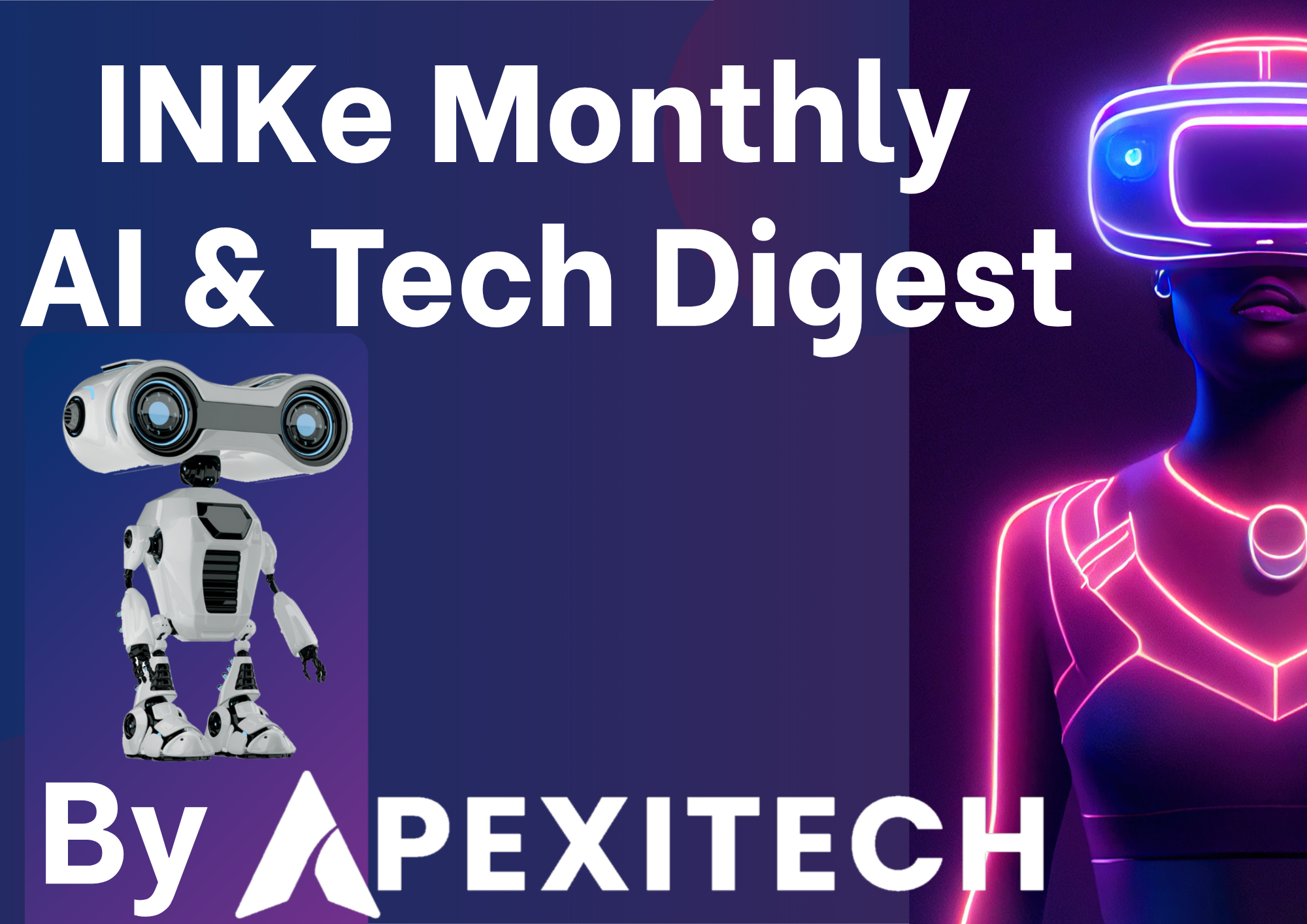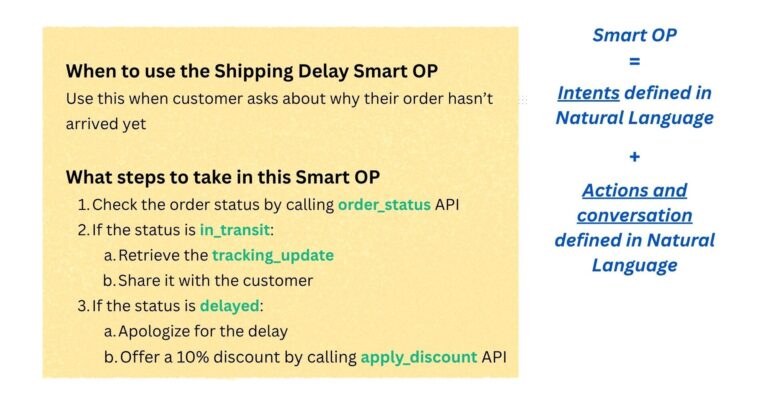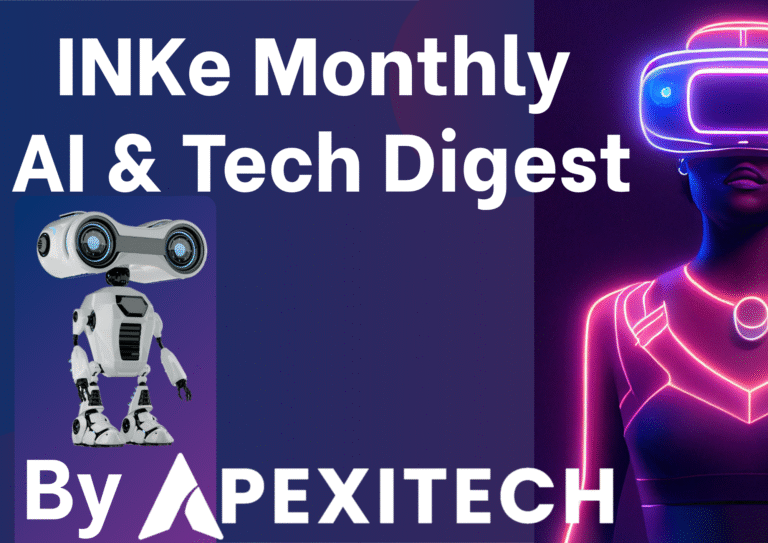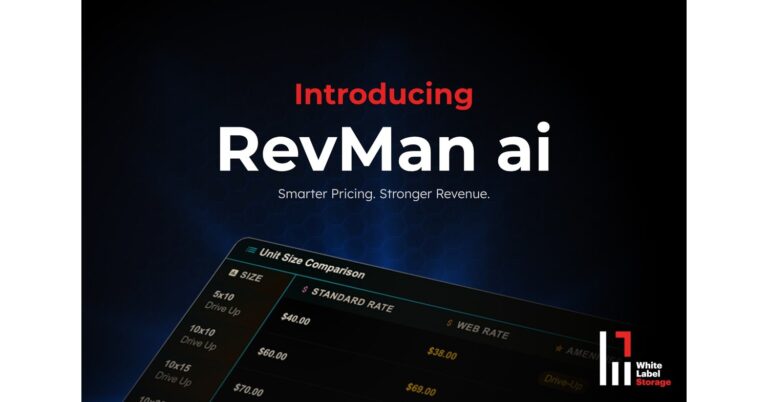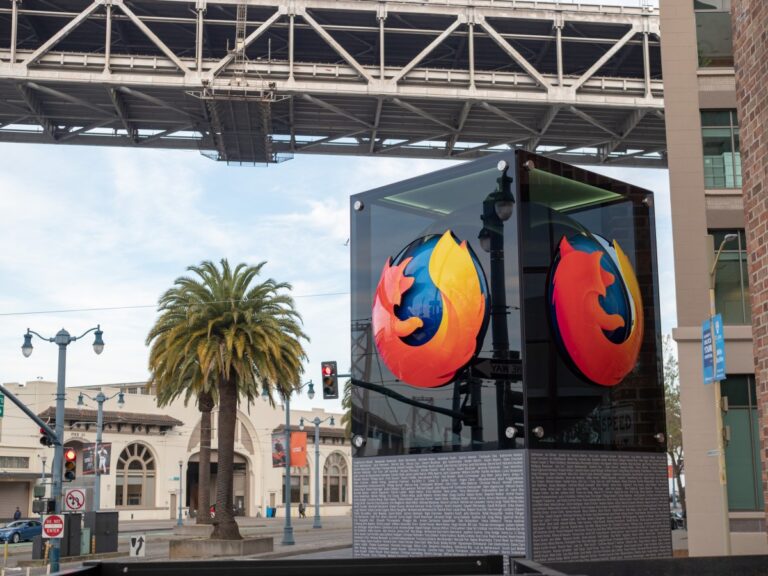May 2025 delivered a surge of AI news that pushed the future of creation and automation into everyday workflows. From search reinvented with multimodal reasoning to agentic copilots that collaborate, the month showcased tech innovation across chips, models, and creative technology. Below, Quillium spotlights launches that matter most for builders, brands, and the INKe Universe.
Google I/O reimagines Search with AI Mode, Veo 3, and Flow
Google unveiled AI Mode in Search, bringing deeper reasoning, follow-ups, and live camera understanding via Project Astra. The company also debuted Veo 3 for video and Imagen 4 for images, plus Flow, an AI-powered filmmaking app for creators. Upgraded Gemini 2.5 features “Deep Think” for tougher tasks—big moves for AI news and creative technology.
Quillium’s Insight: Expect briefs-to-edit timelines to compress as AI Mode and Flow shift discovery and storyboarding into a single, agentic pipeline.
Microsoft Build brings multi‑agent Copilot and low‑code tuning
At Build, Microsoft introduced Copilot Tuning and multi‑agent orchestration in Copilot Studio, letting teams tailor models to company data and have agents collaborate on complex tasks. Researcher and Analyst—deep‑reasoning work agents—also began rolling out. It’s a pragmatic step toward scalable automation in enterprise stacks.
Quillium’s Insight: Creators and ops teams should start mapping “agent handoffs” across tools—this is where measurable ROI from automation will appear first.
Anthropic debuts Claude 4 with long‑running coding and agentic reasoning
Anthropic launched Claude Opus 4 and Sonnet 4, highlighting sustained autonomy—Opus 4 reportedly coded for hours in real‑world tests. The release aligns with an agent‑first direction and upgrades to Claude Code for developer workflows. It’s a notable leap for creators seeking durable AI collaborators.
Quillium’s Insight: Plan work in longer “AI sprints”—chunk tasks so agents can run unattended while you iterate on creative direction.
OpenAI elevates ChatGPT with GPT‑4.1 for paid users
OpenAI made GPT‑4.1 available in ChatGPT on May 14, emphasizing stronger coding, precise instruction following, and everyday reliability. The update slots neatly beside the company’s reasoning models, offering developers and creators a balanced workhorse for production tasks.
Quillium’s Insight: Use GPT‑4.1 for sustained drafting and refactoring; reserve heavier reasoning models for edge cases to optimize cost and speed.
NVIDIA at Computex: NVLink Fusion and a bigger Taiwan footprint
NVIDIA outlined plans to commercialize NVLink Fusion for faster chip‑to‑chip communication—key for training and inference at scale. CEO Jensen Huang also detailed new Taiwan investments, a local HQ, and roadmap notes spanning Blackwell Ultra to future platforms, signaling sustained momentum in AI infrastructure.
Quillium’s Insight: Lower interconnect bottlenecks mean bigger context windows and richer multimodal agents—creators will feel it as latency drops.
Mistral ships Devstral and Medium 3 for coding agents and value performance
Mistral released Devstral, an open‑source (Apache‑2.0) 24B model tailored for agentic coding across real codebases, and earlier in the month introduced Mistral Medium 3 for high performance at lower cost. Together they expand options for teams seeking local, flexible automation in software creation.
Quillium’s Insight: Mix open models for on‑prem privacy with hosted models for bursty workloads to balance control, speed, and spend.
OpenAI, G42 and partners announce Stargate UAE mega‑cluster
In a landmark infrastructure move, OpenAI, G42, Oracle, NVIDIA, Cisco, and SoftBank unveiled Stargate UAE—a 1‑gigawatt AI cluster within a planned 5‑GW campus, with the first 200 MW targeted for 2026. The project aims to broaden access to frontier compute and accelerate AI development across sectors.
Quillium’s Insight: Access to nation‑scale compute will catalyze regional creator economies—watch for new media and automation startups to bloom.

